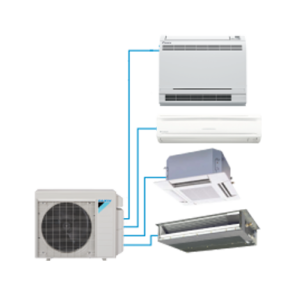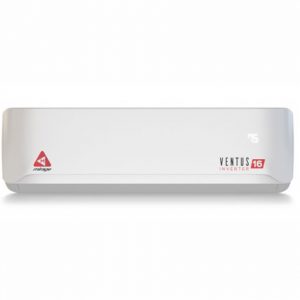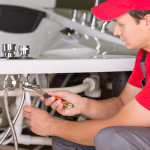What to Do in a Plumbing Emergency
Plumbing emergencies can be stressful and potentially damaging to your home. Knowing how to respond quickly and effectively can minimize damage and save you a lot of hassle. Here’s a step-by-step guide on what to do in a plumbing emergency.
1. Shut Off the Water Supply
The first step in any plumbing emergency is to stop the flow of water. Locate the main water shut-off valve for your home and turn it off. This valve is usually found near the water meter, which is often located in a basement, utility room, or outside near the street.
- For individual fixtures: If the problem is localized (e.g., a leaking faucet or running toilet), you can shut off the water supply to that specific fixture. Look for a shut-off valve underneath the sink or behind the toilet.
2. Turn Off the Water Heater
In case of major leaks or when the main water supply is shut off, turn off your water heater to prevent damage to the unit. If it’s a gas heater, turn the gas off first. This can help avoid overheating or pressure build-up inside the heater.
3. Address Minor Leaks
For smaller leaks, use temporary measures to control the flow of water until a professional plumber arrives. You can use plumber’s tape, rags, or buckets to contain the leak. Knowing how to use a pipe wrench or a simple pipe clamp can also be handy in these situations.
4. Open Drains and Spigots
After shutting off the main water supply, open any outdoor spigots to drain any remaining water from the pipes. This can help reduce pressure and minimize the amount of water that can leak into your home.
5. Check for Electrical Hazards
Water and electricity are a dangerous combination. If water is leaking near electrical outlets, appliances, or the electrical panel, turn off the power to the affected area if it’s safe to do so. If you’re unsure, it’s best to wait for a professional.
6. Call a Professional Plumber
Once you’ve taken the immediate steps to control the situation, call a licensed professional plumber. Explain the situation clearly and ask for emergency service if needed. At HVAC Pros Services, we offer 24/7 emergency plumbing services to ensure you’re never left stranded in a crisis.
7. Mitigate Water Damage
While waiting for the plumber to arrive, take steps to mitigate water damage. Use towels, mops, and buckets to clean up standing water. Move any furniture, electronics, or valuables away from the affected area to prevent further damage.
8. Document the Damage
Take photos or videos of the damage for insurance purposes. This documentation can be crucial when filing a claim to cover the costs of repairs and damage.
9. Be Prepared for Future Emergencies
After dealing with an emergency, it’s a good idea to take preventive measures to avoid future incidents. Here are some tips:
- Regular Maintenance: Schedule regular plumbing inspections and maintenance to catch potential problems early.
- Know Your System: Familiarize yourself with the layout of your plumbing system and know where the shut-off valves are located.
- Emergency Kit: Keep an emergency plumbing kit handy with essential tools and supplies such as plumber’s tape, pipe clamps, and a wrench.
Conclusion
Plumbing emergencies can happen to anyone, but being prepared and knowing how to respond can make all the difference. By following these steps, you can effectively manage the situation and minimize damage to your home. Remember, HVAC Pros Services is here to help with 24/7 emergency plumbing services. Don’t hesitate to contact us whenever you need professional assistance.
Stay safe and prepared!





